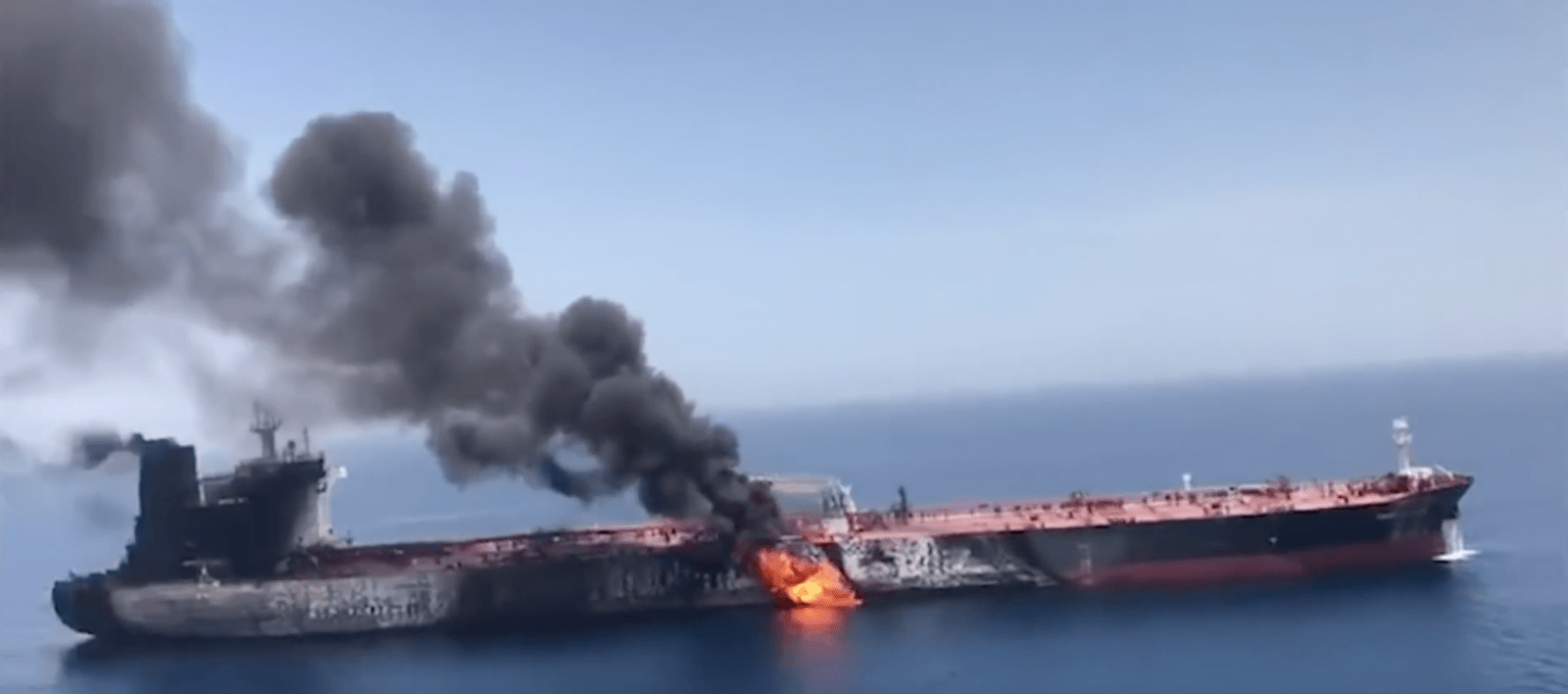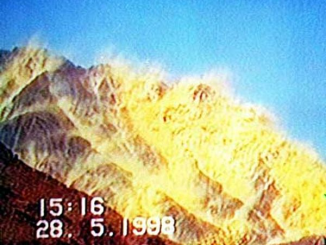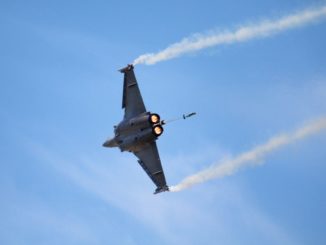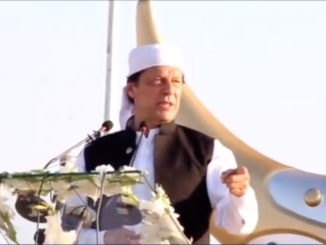
In a historical context, the U.S. concerns with Iran began after the 1979 revolution; however, Iranian reservations against the U.S. predate the revolution. In 1951, Mossadegh, a democratically elected leader nationalized Iran’s oil which was previously under the British control. The nationalization did not sit well with the U.S. and the British, and in 1953 the former intervened through the CIA in with Operation Ajax. The subsequent regime of Reza Shah Pahlavi undertook a campaign of westernization causing dissent within the religious circles. The Shah enjoyed a close partnership with the U.S. and received weapons and assistance for Iran’s nuclear research program, obtaining a research reactor in the process. The brutalities of the Shah’s regime, however, helped mobilize the people, and nationalist sentiments culminated in the 1979 revolution.
After the revolution, Iran underwent an administrative transformation and religious reforms that led to international sanctions. During the Iran-Iraq war, when Iran appeared to be gaining the upper hand, the U.S. supported Iraq by providing it with intelligence, finances, military technology, and supposedly also chemical weapons to fight the Iranians. Iran and Saudi Arabian relations also deteriorated in the aftermath of the revolution, and the U.S.-Saudi partnership improved over the decades.
The current crisis began with the Trump Administration’s withdrawal from the nuclear deal and the imposition of sanctions on Entities and Individuals by the U.S. Treasury Department. This was subsequently followed by the U.S. withdrawal from the 2015 nuclear deal. Iran’s nuclear program underwent a major transformation through the framework of the JCPOA, limiting uranium enrichment capabilities and introducing limits on Iranian stockpiles of low enriched uranium and heavy water which are essential for the pursuit of a weapons program. The deal was designed to orient Iran’s nuclear program for peaceful purposes and increase the amount of time Iran needed to manufacture a nuclear weapon. The U.S. later imposed oil sanctions in a campaign to augment the campaign of Maximum Pressure against Iran; however, eight countries including India and China were granted waivers to arrange for alternate sources to fulfil their energy needs. The end of waivers for these countries is the most recent step as part of the U.S. campaign of maximum pressure against the Iranian regime.
The past few months have seen increased U.S. measures designed to isolate Iran, with the designation of Iran’s Revolutionary Guards as a Foreign Terrorist Organisation. The IRGC designation as a terrorist organization is an unprecedented move since this is the first instance of a section of a state’s military being designated as such. More recently, the U.S. Treasury Sanctions focusing on Iranian Organizations and Individuals Supporting Intelligence and Cyber Targeting of U.S. Persons were also adopted.
The U.S.-Iran conflict is sustained due to the strategic partnership of the U.S. and Israel. Iran is Israel’s biggest security concern. U.S. policy inclinations being skewed in favour of Israel in utter disregard of international law and U.N. resolutions is evident in U.S. policy decisions with regards to Jerusalem and the Golan Heights. Considering these key factors, it is not difficult to identify the influence of U.S.-Israel relations on American decisions pertaining to Iran. Although the United States cites nuclear proliferation concerns; the economic strangulation of the Iranian regime is provocative, and risks that the U.S. assumes are mostly exaggerated.
Iran has complied with the requirements of the nuclear deal, and IAEA investigations have cleared the program. Under the agreement, Iran is not permitted to enrich uranium beyond a 3.6% limit, while uranium suitable for a nuclear weapon should be at least above 90% enrichment level. Iran’s enrichment capabilities might be improved owing to the new IR-8 centrifuge; however, contrary to Iranian claims, the output might be lesser. The new centrifuge was injected with Uranium Hexafluoride UF-6, and testing stages have passed successfully. The number of centrifuges that Iran can deploy is also limited through the JCPOA. This does not necessarily mean that Iran will not be able to make a nuclear weapon ever; it merely reduces the enrichment capabilities, extending the required time for Iran to obtain weapons-grade uranium and subsequently building a nuclear weapon. Within Iran, the political circle is supportive of the nuclear deal and supports it, but the religious spheres are sceptical. The Supreme Leader, Khamenei, in a letter to Rouhani in Oct 2015 conveyed suspicions with respect to the U.S. in the context of the nuclear deal and beyond. Political leadership, the clerics, the regular armed forces, and the IRGC swivel around the Supreme Leader, and he has a strong influence on Iranian policy.
The U.S. has shown concerns on persistent and imminent threats from Iran, the IRGC, and it’s supposed proxies; however, no evidence of such threats has yet been presented. A bomber task force and the Abraham Lincoln Carrier Strike Group was deployed in response to ‘troubling and escalatory indications and warnings’. The expedited movement of the USS Abraham CSG and deployment of the bomber task force military signalling are part of the broader campaign of maximum pressure against Iran. The military deployment appears to augment the economic war and economic objectives of the U.S. vis-à-vis Iran.
More recently, an attack on vessels in Fujairah and on a Saudi oil pipeline by Houthi rebels was blamed on Iran by the U.S., the UAE, and Saudi Arabia. Saudi air defences also intercepted Houthi drones. Iran also made a surprising move when it released an American-Lebanese, Zakka, who had been sentenced to a 10-year sentence on espionage charges in 2016. The Turkish, U.S. and European manoeuvres in northern Syria have also been making headlines. The allegations of Iran’s involvement in the recent events are not substantiated by evidence.
The Israeli factor cannot be ignored while considering the U.S.-Iran dynamic and the Iranian nuclear program. Beyond openly opposing it, Israel has successfully sabotaged the program with a Stuxnet attack in 2010. The attack reportedly destroyed 984 centrifuges and decreased enrichment capacity by 30%. Israel’s intelligence has also assassinated several people associated with Iran’s nuclear program, but there is no tangible evidence to substantiate these claims.
The Middle East is a hotbed of competing interests, the Iran-Saudi Arabia rivalry and the Israel-Iran rivalry both influence U.S. aggression towards Iran. The complexity is further enhanced owing to state-sponsorship of non-state actors, sub-conventional warfighting mechanisms, and proxies. Yemen, Iraq, and Syria have become battlefields of these competing interests, and their populations suffer.
The JCPOA resulted in limitations on Iran’s capability to produce a nuclear weapon, reductions in stockpiles of essential prerequisites for making weapons-grade uranium and limits on the enrichment of uranium ensure that acquiring a nuclear weapon would take a considerable amount of time. IAEA inspections found Iran to be complying with the requirements of the JCPOA; these inspections are part of a transparency regime made possible through the deal. The U.S. is of the view that the Iran nuclear deal does not considerably limit Iran’s capability to build a nuclear weapon. A nexus of individuals that are hardliners with respect to Iran seems to be directing U.S. policy on their whims; these include the President himself, the National Security Advisor, and the Secretary of State. Perhaps the Iranian nuclear threat is being exaggerated to achieve other objectives. The Secretary of State might have dropped a hint about the U.S. desire of a regime change in Iran when he declared that the Iranian people will decide the time when U.S. pressure ends. The campaign of maximum pressure has induced economic indicators unfavourable to the people of Iran. Perhaps the U.S. is hoping that the economic discontent will force people to mobilize.
The regime, which is already facing considerable international pressure at the behest of the United States, would not be able to sustain a parallel domestic pressure. As far as U.S. claims regarding Iran’s nuclear program being weapons oriented are concerned, most literature academic discourse is based on assumptions and estimates.
Keeping into consideration U.S. past assessment on Iraq, where it was claimed that Iraq possessed weapons of mass destruction, and this was subsequently used as the basis for invasion; it is essential that the U.S. needs to carry out a credible assessment about Iran’s non-compliance, or otherwise. Unlike America’s recent military experiences in Iraq and Afghanistan, Iran’s military is more capable, and the defence industry is far better. That is to say, U.S. forces will face great difficulty if the situation evolves into a military conflict.
Author:
- Sharoze Iftikhar is a Research Fellow at SASSI University, Islamabad Pakistan.
![]()




Be the first to comment